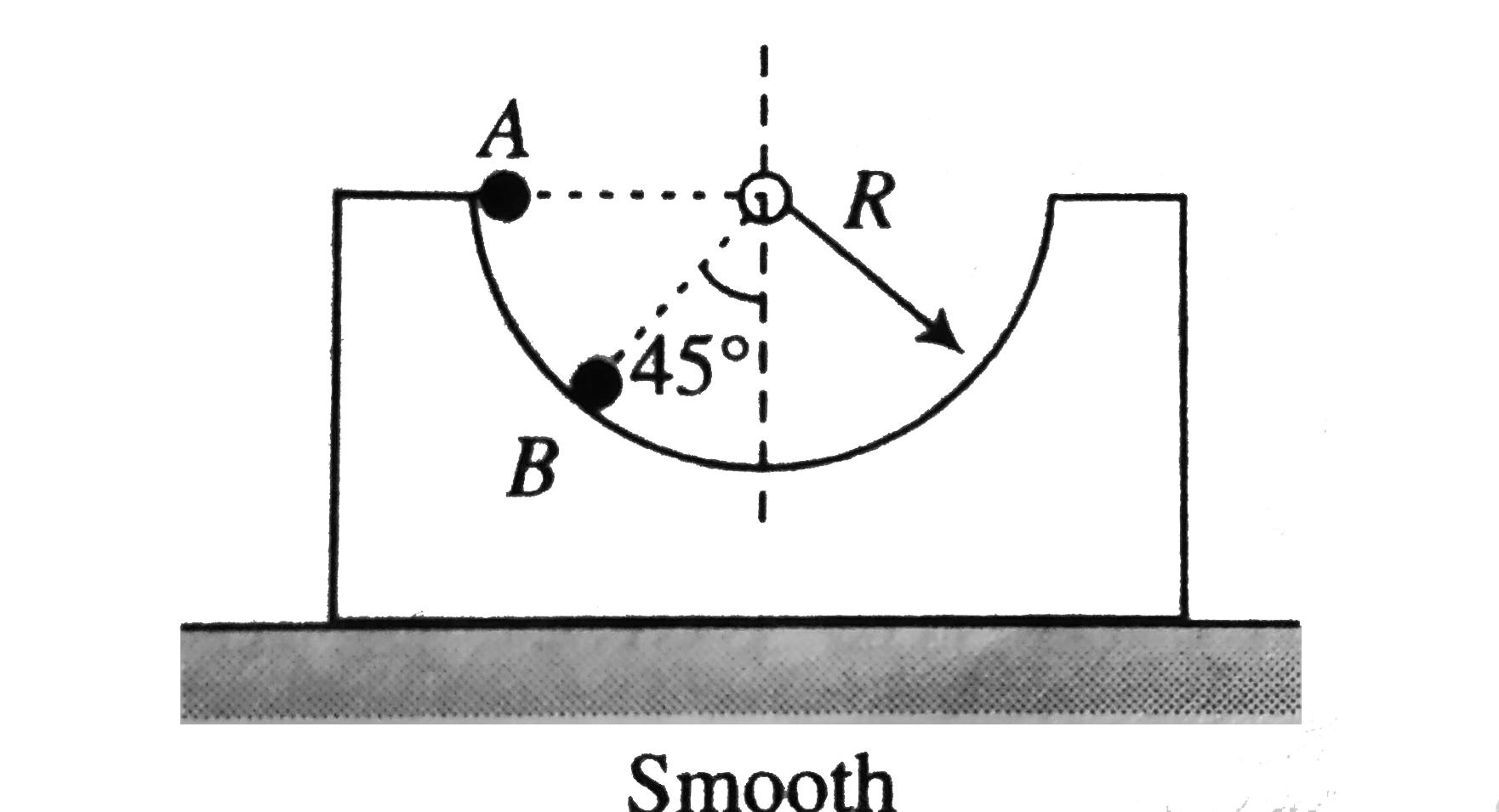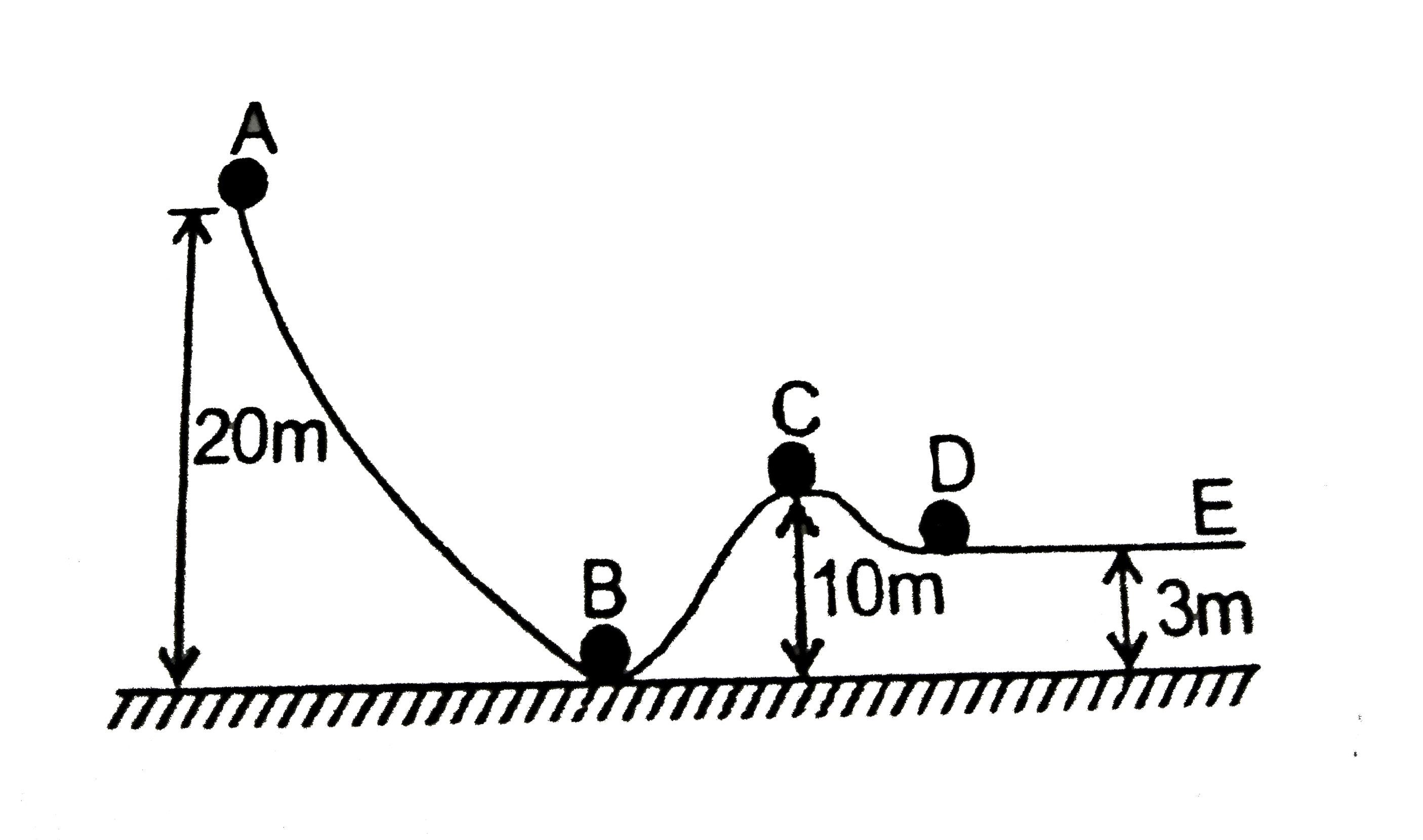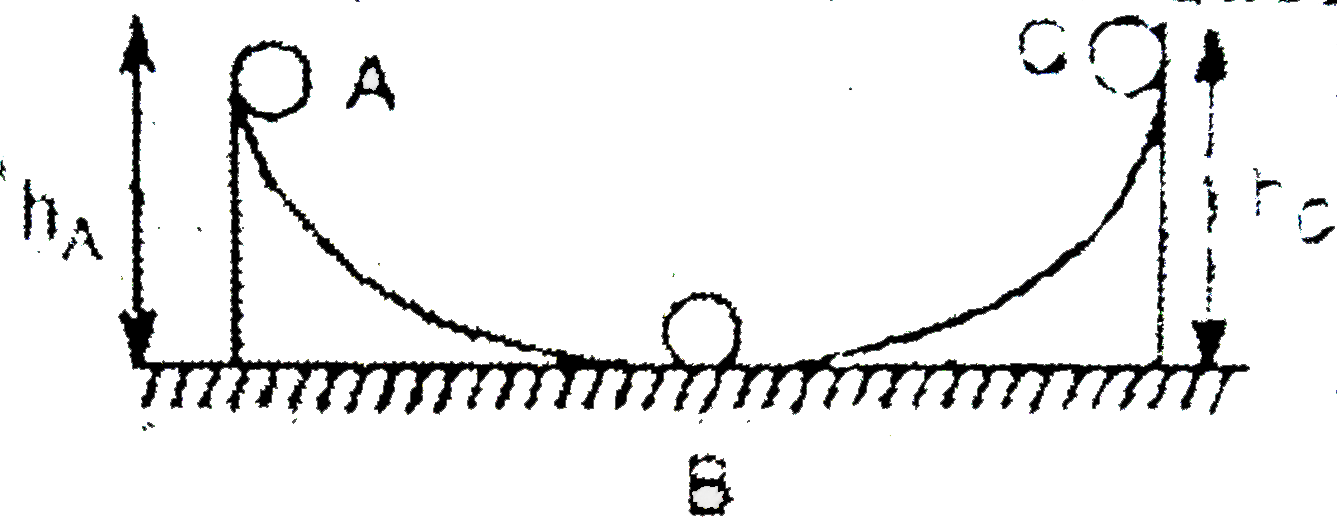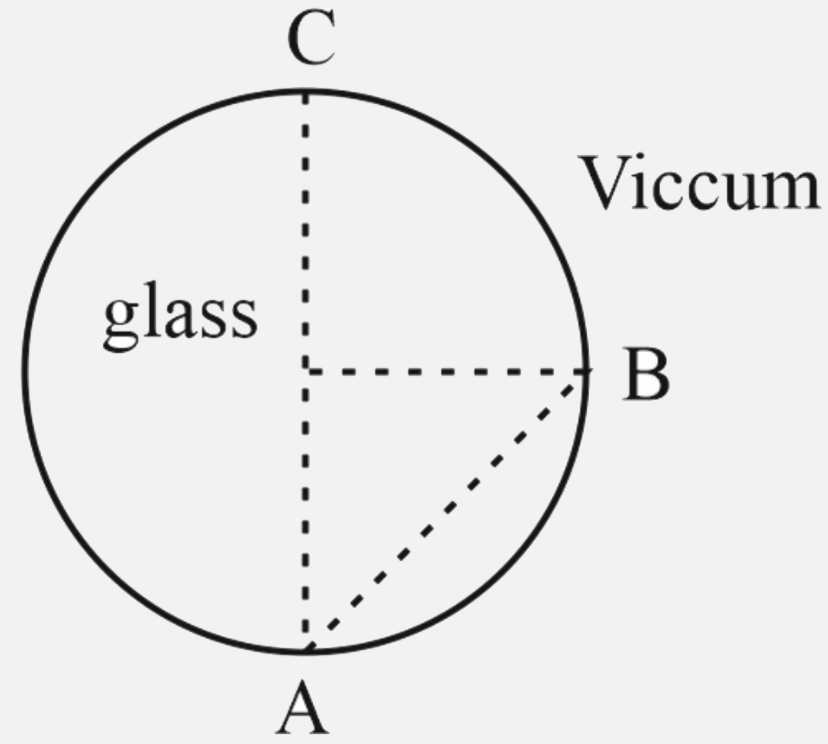A ball is rolling from A to D on a flat and smooth surface. Its speed is 2 cm/s. On reaching B, it was pushed continuously up to C. On reaching D from C, its speed had become 4cm/s. It took 2 seconds for it to go from B to C. What is the acceleration of the ball as it goes from B to C ? Solution in Marathi
Step by step video & image solution for A ball is rolling from A to D on a flat and smooth surface. Its speed is 2 cm/s. On reaching B, it was pushed continuously up to C. On reaching D from C, its speed had become 4cm/s. It took 2 seconds for it to go from B to C. What is the acceleration of the ball as it goes from B to C ? by Physics experts to help you in doubts & scoring excellent marks in Class 7 exams.
Updated on:21/07/2023Topper's Solved these Questions
Similar Questions
Fill in the blanks :
Mass is qualitative measure of the …….. Of an object .
View SolutionFill in the blanks with the appropriate term :
The excess of water vapour during the night or at dawn is transformed into …………….
View SolutionA ball of mass m is released from A inside a smooth wedge of mass m as shown in figure. What is the speed of the wedge when the ball reaches point B?

View SolutionA small ball is rolled with speed u from point A along a smooth circular track as shown in figure. If x=3R , then What is the minimum value of x for which the ball can reach the point of projection after reaching C?
View SolutionA ball is dropped from the top of an 80 m high tower After 2 s another ball is thrown downwards from the tower. Both the balls reach the ground simultaneously. The initial speed of the second ball is
View SolutionA smooth sphere ( mass 10kg. negligible radius ) rolls on a smooth curved surface from the point A with a speed of 10m//s as shown in figure. The sphere reaches the point D passing through point B . If the ground is taken as reference . Then [ Take g=10m//s^(2)] The kinetic energy at C
View SolutionA smooth sphere ( mass 10kg. negligible radius ) rolls on a smooth curved surface from the point A with a speed of 10m/s as shown in figure. The sphere reaches the point D passing through point B. If the ground is taken as reference . Then [ Take g=10m/s2]

Will the sphere go beyond D ?
View SolutionA ball is released from point A. During its motion ball takes two seconds from B to C Find the time taken by ball from A to C.
 .
.
View SolutionA ball is released from point A. During its motiom ball takes two seconds from B to C, Find the time taken by ball from A to C.

View SolutionA ball moves over a fixed track as shown in the figure. From A and B the ball rolls without slipping. If surface B is frictionless and KA,KB and KC are kinetic energies of the ball at A,B and C respectively then:

View SolutionIt is found that Ball electromagnetic signals sent from A towards B reach point C. The speed of electromagnetic signals in glass cannot be.

View SolutionA ball of mass m is released from A inside a smooth wedge of mass m as shown in figure. What is the speed of the wedge when the ball reaches point B?

View SolutionA small ball is rolled with speed u from piont A along a smooth circular track as shown in figure. If x=3R , then What is the minimum value of x for which the ball can reach the point of projection after reaching C?
View SolutionA ball is rolling from A to D on a flat and smooth surface. Its speed is 2 cm/s. On reaching B, it was pushed continuously up to C. On reaching D from C, its speed had become 4cm/s. It took 2 seconds for it to go from B to C. What is the acceleration of the ball as it goes from B to C ?
View SolutionWhat is the acceleration due to gravity of a) an object dropped from a certain height, and b) an object thrown up? C)A ball is thrown up with a speed of 0.5 m /s. How high will it go before it begins to fall?
View SolutionA smooth sphere ( mass 10kg. negligible radius ) rolls on a smooth curved surface from the point A with a speed of 10m//s as shown in figure. The sphere reaches the point D passing through point B . If the ground is taken as reference . Then [ Take g=10m//s^(2)] The kinetic energy at C
View Solution
